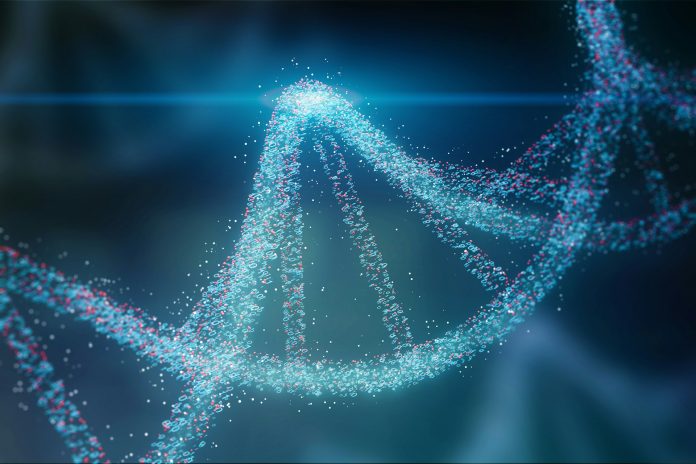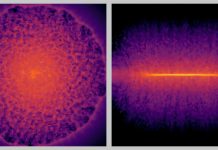
In the future, your photos might not live on your phone or in the cloud—but inside strands of DNA.
While that might sound like science fiction, researchers at EPFL in Switzerland are working to make it a reality.
Their goal is to create a new image storage system that uses synthetic DNA instead of traditional hard drives.
As the number of photos we take keeps rising—expected to top 2 trillion per year—finding a sustainable and long-lasting way to store them has become a major challenge.
Most images are saved in cloud systems powered by massive data centers filled with hard drives and magnetic tapes.
But these systems take up space, require energy, and wear out over time. DNA, on the other hand, is small, stable, and has been proven to last for thousands of years.
Touradj Ebrahimi, an expert in image processing and head of EPFL’s Multimedia Signal Processing Group, says one gram of DNA could store as much as 215 million gigabytes of data.
That’s like squeezing the content of nearly a million external hard drives into something smaller than a paperclip.
DNA stores information using four chemical letters—A, T, C, and G—and researchers now know how to convert digital data, like photos, into sequences of these letters.
These sequences are then written into synthetic DNA, which can be stored safely for very long periods. When it’s time to retrieve the data, scientists simply read the DNA and convert it back into digital form.
But storing images this way isn’t simple. It’s expensive and slow, and converting the images accurately can be tricky.
That’s where Ebrahimi’s team comes in. Since 2014, he has led the JPEG committee, which sets global standards for image formats. Now, his team is developing a new standard called JPEG DNA—designed specifically for storing images in DNA.
This project, supported by partners in Japan and Europe, focuses on solving the unique challenges of DNA-based storage. For example, some DNA sequences can become unstable, so the team built a tool to test how different coding methods perform.
They also created an advanced image-compression algorithm that doesn’t need to decode JPEGs before turning them into DNA, saving time and power.
The system uses both compression techniques and special error-correction tools to ensure images stay intact even after going through the entire DNA process—from encoding to storage and back.
With the help of artificial intelligence and machine learning, Ebrahimi believes JPEG DNA will keep improving. One day, saving your memories in DNA could become just as easy—and even more reliable—than uploading them to the cloud.



